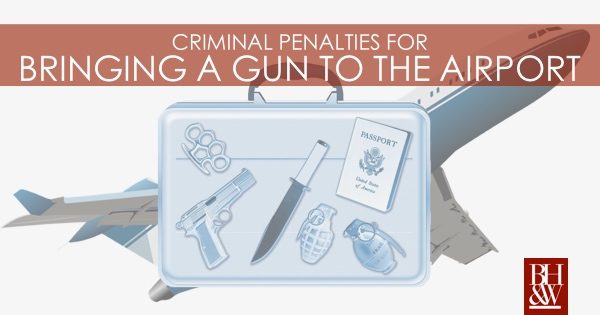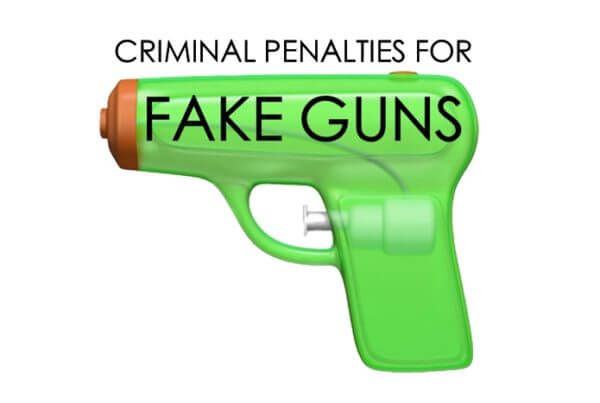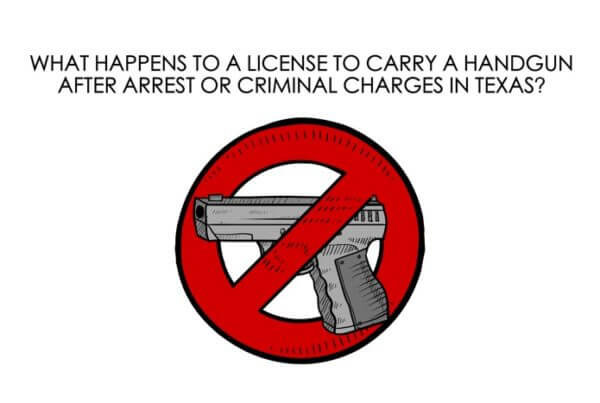5th Circuit Holds that Prosecutors need not provide evidence for each one of the Ceballos-Torres ‘Felon in Possession in Furtherance of a Crime’ factors.
 US v Walker (5th Circuit 2016)
US v Walker (5th Circuit 2016)
At trial, Henry David Walker pleaded guilty to conspiracy to possess with intent to distribute meth and possession of a firearm in furtherance of a drug-trafficking crime, violations of 21 U.S.C. §§ 846, 841(a)(1) and 18 U.S.C. § 924(c)(1)(A). On record at the arraignment hearing and post-plea, Walker admitted to possessing nine firearms, including a 32-caliber firearm, two 22-caliber rifles, two 20-gauge shotguns, two revolvers, and a 9-millimeter semiautomatic gun—all of which were found at the scene of the arrest. US v. Walker, 218 F.3d 415. The district court sentenced Walker to concurrent terms of 151 months in prison for the conspiracy charge, and an additional 60 month statutorily-imposed mandatory sentence for the possession of a firearm in furtherance of a drug-trafficking crime. Walker appeals to the Fifth Circuit Court of Appeals, arguing that “factual basis” established after the guilty plea was insufficient to prove that he possessed the firearms in furtherance of a drug-trafficking crime.
The Big Issues before the Fifth Circuit: Did the Government Satisfy the “Felon in Possession” Requirements?
Walker’s plea came before the factual basis for the charge was established on record—was the apple put before the cart? The Court must determine whether a factual basis can be established after a guilty plea, and if so, whether the factual basis for Walker’s conviction was sufficient. The Court must also determine whether prosecutors need to provide evidence for each “felon in possession” factors.
Federal Law Regarding Felon in Possession in Furtherance of a Crime
A guilty plea is insufficient in itself to support a criminal conviction—the court must satisfy itself, through an inquiry of the defendant or examination of the relevant materials in the record, than an adequate factual basis exists for the elements of the offense.” Fed. R. Crim. P. 11(b)(3); United States v. Adams, 961 F.2d 505, 508 (5th Cir. 1992).
Any person who, during and in relation to any crime of violence or drug trafficking crime…uses or carries a firearm, or who in furtherance of any such crime, possesses a firearm, shall, in addition to the punishment provided for such crime of violence or drug trafficking crime …be sentenced to a term of imprisonment of not less than 5 years…” 18 U.S.C. § 924(c)(1)(A)(i).
The mere presence of a firearm is not enough—possession of a firearm is ‘in furtherance’ of the drug trafficking offense when it furthers, advances, or helps forward that offense. United States v. Palmer, 456 F.3d 484, 489-90 (5th Cir. 2006); United States v. Ceballos-Torres, 218 F.3d 409, 410-411.
Factors that help courts determine whether the possession of the firearm was in furtherance of a drug-trafficking crime include: (1) type of drug activity; (2) accessibility of the firearm; (3) type of weapon; (4) whether weapons are stolen; (5) whether the possession is legitimate or illegal; (6) whether the gun is loaded; (7) proximity to the drugs or money; and, (8) the time and circumstances under which the weapons are found. Ceballos-Torres at 414.
The Fifth Circuit Analyzes the Ceballos-Torres Factors to Determine Walker’s Fate
Walker appeals to the Fifth Circuit, arguing that his case more closely aligns with United States v. Palmer, a case in which the Fifth Circuit reversed a defendant’s conviction based on lack of support under the Ceballos-Torres factors. The Fifth Circuit compares the three cases to analyze the factors.
| WALKER | PALMER | CEBALLOS-TORRES |
|---|---|---|
| Claiming no evidence of proximity of guns to the drugs. | Gun was locked in a safe. | Guns found alongside a substantial amount of drugs. |
| Ammo matched the guns; most guns loaded. | Gun was not loaded. | Weapons loaded. |
| Claiming no evidence of accessibility of the gun (no easy access). | Ammo in the house did not match the gun. | Ammo present that matched the guns. |
| Walker is not a meth supplier. | Defense claimed he bought the gun for self-defense. | Convicted felon in possession of a firearm. |
| Nine firearms. | One unloaded firearm. | Multiple firearms. |
| Denies weapons used in the furtherance of drug-related activity. | Denied the gun was used in relation to drug trafficking. | Court found weapons were in furtherance of drug-related crimes. |
Here, the Fifth Circuit say that “the factual basis need not provide evidence for every single one of the Ceballos-Torres factors for a court to conclude that the defendant possessed a firearm in furtherance of a drug-trafficking crime,” rather, they are examples a court “might include” in its analysis “to help determine” a judgment. Further, the government need not provide evidence supporting each and every factor to determine guilt.
Because Walker possessed the firearms at his residence alongside the meth he supplied to dealers, he was a convicted felon at the time of the possession of the firearms, and because there were so many weapons present at the scene, the Fifth Circuit affirmed the district court’s conviction and sentence.










